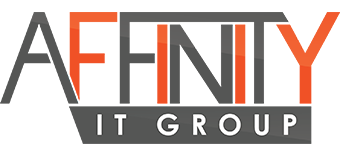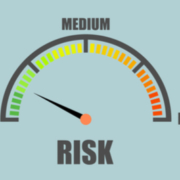The 4 pillars of a modern-day cybersecurity framework
Cybersecurity threats are constantly evolving and changing. As technologies become more advanced, it often feels as though there are more threats for you to manage. Whether you’re in the process of creating a new cybersecurity framework or you need to update an existing one, you need to include the following pillars.
Identifying what needs protecting
You can’t create a cybersecurity framework without knowing what it is that you want to protect. For example, do you need to protect your clients’ data? Are there certain software programs that could pose vulnerabilities? Or, perhaps it’s your use of the cloud that requires your attention?
Every time you add something new to your network, you’re introducing a factor that requires your protection. Because of this, you need to review your framework periodically to make sure you’re not missing anything. When doing this, make sure you keep events such as retirement and employees leaving in mind. This is especially important when you operate a BYOD policy, as every device, you add to your network becomes a threat.
Protect your assets
Once you know what needs protecting, you need to start guarding it. Failing to protect your assets doesn’t just leave you vulnerable in terms of cybersecurity. It can also prevent you from adopting new technologies. According to Hosting Tribunal, “…security and lack of staff training” are two of the biggest barriers to cloud adoption.
When protecting your assets, don’t forget that your staff is one of your greatest sources of protection. By providing them with adequate training, you can close some of the biggest security loopholes your company could face.
Screen for threats
Don’t make the mistake of throwing security features out there and hoping for the best. You need to monitor their performance and continuously screen for threats. Cybercriminals don’t keep normal office hours, so you may want to make this a continuous process.
Continuous monitoring allows you to defeat threats before they have a chance to take hold. Additionally, you can test the efficacy of your current protective measures. As around 20% of organizations are hit by six or more threats per year, this isn’t an area you can let slip. By looking out for threats on a continuous basis, you could prevent your organization from contributing to that statistic.
Create appropriate responses
In the event that one of your protective measures fails or you find that it isn’t performing as you would like, you need to respond. Sometimes it helps to know how you’ll respond in advance. Ideally, your responses will include how you’ll recover from a disaster that you couldn’t predict.
For example, you should create a disaster response and recovery plan. In doing so, you could save a lot of time and money if the worst happens. As cybersecurity breaches and data losses have the power to cost your business a lot of money, creating a plan in advance could help you stay solvent.
Using these four pillars of a modern-day cybersecurity framework, you can create a plan that protects your business. In addition to protecting it against current threats, you need to prepare it for the future. Always make sure your plan remains as an evolving document. In doing so, you’ll make it easy to change when something at your business changes.











